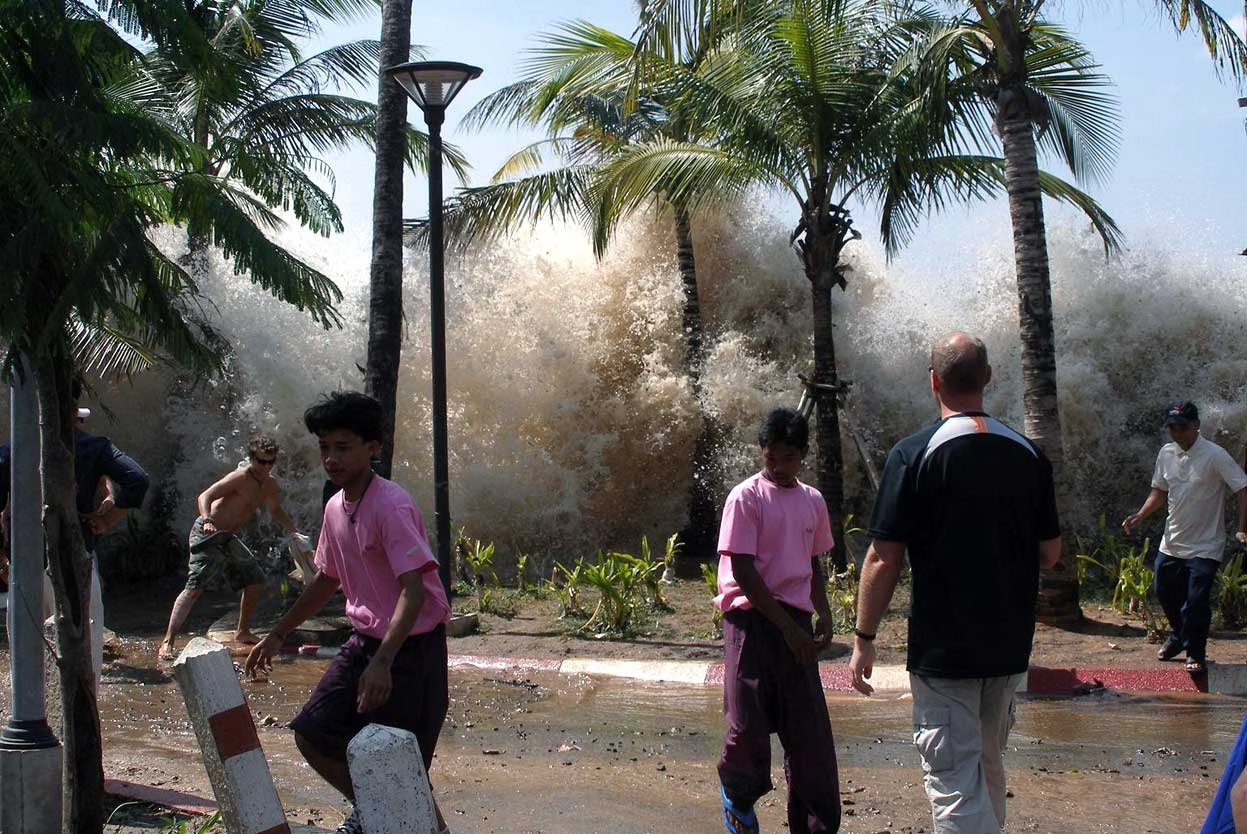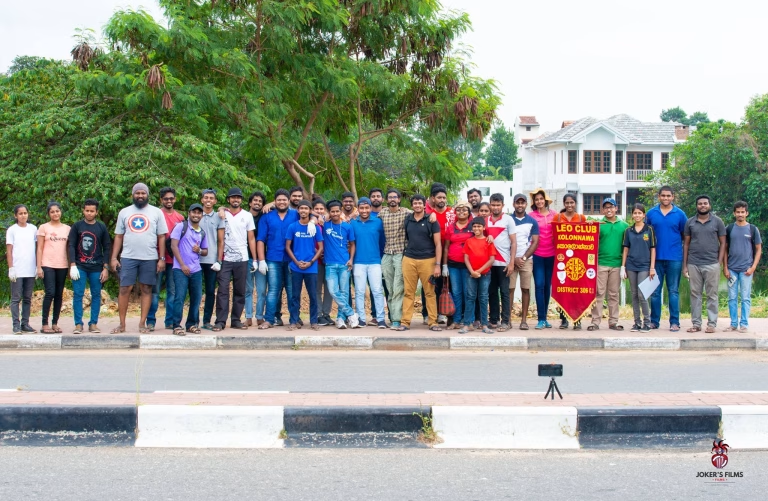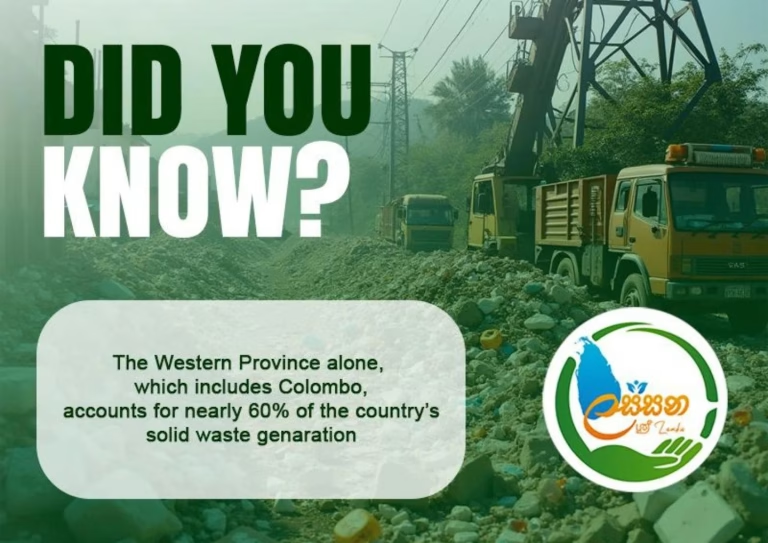December 26: Tsunami Remembrance Day
When someone mentions the sea, most of us envision the serene, calming waves during a tranquil weekend evening. However, for those born in the early 2000s or before, the mention of the sea stirs a memory that is anything but peaceful. It takes us back to a day when the sea wasn’t about fun and games—a day after Christmas, typically a time to unwind after the festivities. Yet, on December 26, 2004, relaxation turned into devastation as a massive tsunami swept across the Indian Ocean, leaving an indelible mark on our collective history.
Back then, the internet wasn’t a pervasive force in our lives. Smartphones were unheard of, and laptops were a luxury, not a necessity. News didn’t travel at the speed of a tweet or a push notification; instead, it was disseminated through newspapers, TV, and radio. For many, the first sight of the disaster came through grainy TV footage or frantic radio broadcasts. Those images, though limited in clarity, were devastating in impact. Entire villages erased, lives lost in moments, and a death toll that would surpass 230,000 across 14 countries.
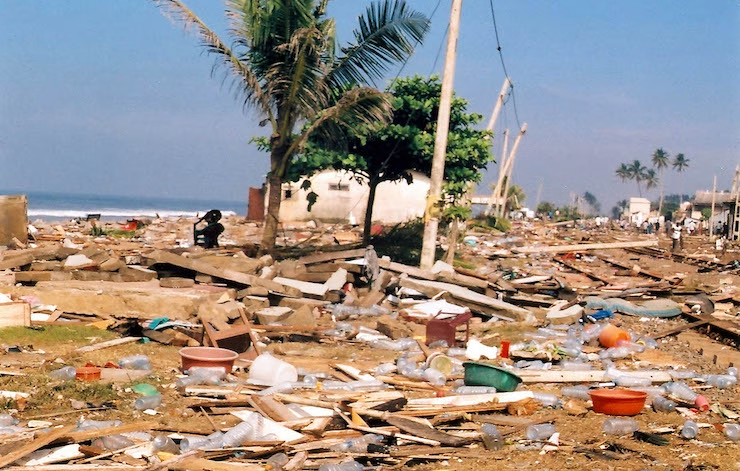
The 2004 Tsunami: A Day the World Stood Still
The tsunami, triggered by a 9.1-magnitude undersea earthquake near Indonesia, unleashed waves up to 30 meters high. Coastal areas in Sri Lanka, India, Thailand, and Indonesia bore the brunt of its wrath. Sri Lanka, in particular, witnessed unprecedented destruction. Trains were derailed, homes were swept away, and entire communities vanished.
While many of us watched the events unfold in horror on TV, some among us endured personal tragedies—losing family, friends, or neighbors to the very sea that once symbolized calm and beauty. The irony was bitter; the same sea that provided livelihoods and joy turned into an unforgiving force of destruction.
Spotting a Tsunami: Early Warning Signs
Tsunamis often strike with little warning, but certain signs can provide a critical window of time to act:
- Unusual Sea Behavior: If the sea suddenly retreats far from the shore, exposing the seabed, it is often a precursor to a tsunami.
- Ground Shaking: An undersea earthquake can trigger a tsunami. If you feel prolonged or strong tremors near the coast, it’s a red flag.
- Loud Roaring Sound: Some survivors of tsunamis report hearing a thunderous roar as the wave approaches.
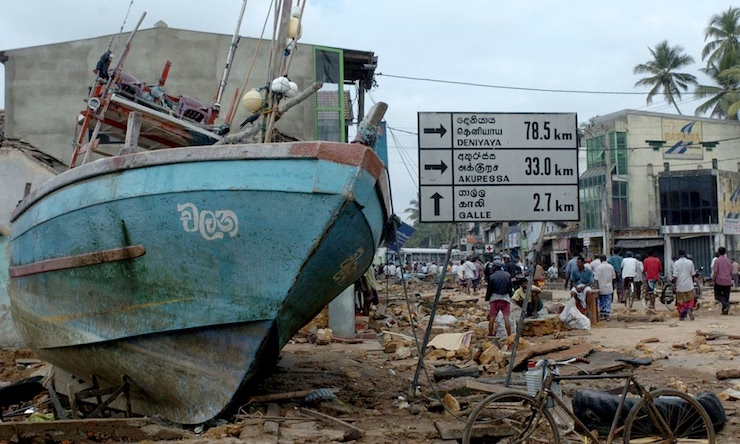
What to Do if You Spot These Signs
- Move to Higher Ground: Immediately evacuate to a location well above sea level or to a tall, sturdy building.
- Avoid the Coastline: Do not attempt to watch the waves or return to collect belongings.
- Stay Informed: If you have access to radio or emergency alerts, stay tuned for updates.
- Help Others: Assist those who might struggle to evacuate, including children, the elderly, and individuals with disabilities.
The Importance of Awareness
As we mark two decades since the 2004 tsunami, it is crucial to reflect not only on the lives lost but also on the lessons learned. Disaster preparedness has come a long way, with early warning systems now in place in many vulnerable regions. However, awareness at the individual level remains paramount.
Communities should invest in education about natural disaster signs and evacuation protocols. Schools, workplaces, and local authorities can conduct drills to ensure readiness. Moreover, technology, though absent in 2004, is now a powerful tool. Apps and SMS alerts can provide real-time updates, potentially saving countless lives.
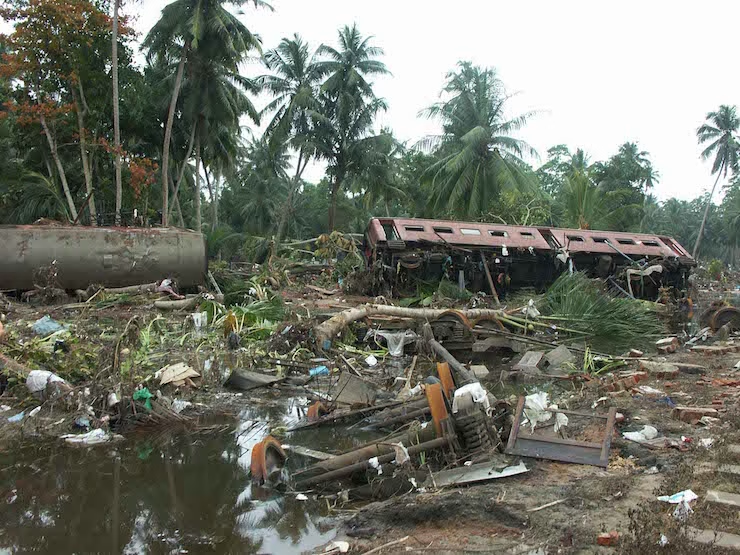
A Call to Action
Tsunami Remembrance Day is not merely about looking back; it is about ensuring that such a tragedy does not repeat itself. For those of us who lost loved ones, the pain may never truly fade, but it can fuel our determination to make a difference.
Let us honor the memory of those who perished by taking action. Educate yourself and others about tsunami safety. Advocate for better disaster preparedness in your community. And above all, remember that while the sea can be calm and beautiful, it also demands our respect and vigilance.
This December 26th, let us stand together—both in remembrance and in resolve—to protect ourselves and future generations from the silent menace of the sea.

